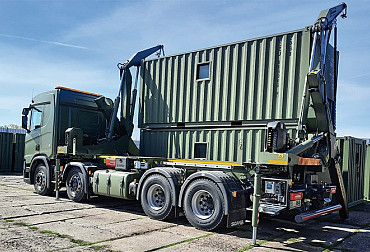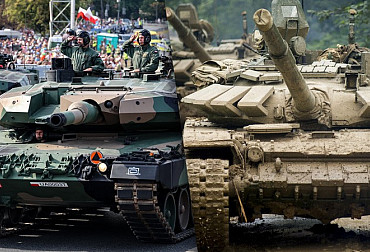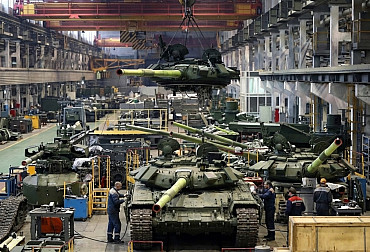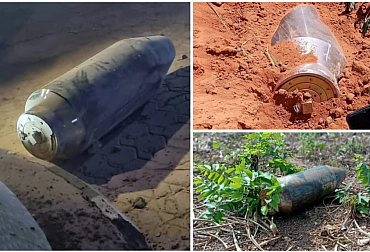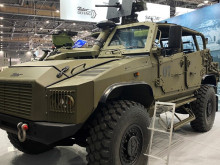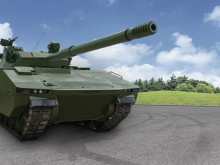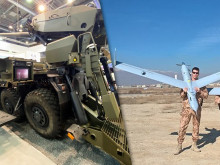Rocket artillery can be of good use
The conflict in Ukraine shows once again that rocket artillery is definitely not old hat and still makes sense on the current battlefield. By the way, Multiple Rocket Launchers also played a significant role in the conflict between Armenia and Azerbaijan in 2020. Although the Czech Army has gotten rid of this capability without replacement, it would certainly be worth considering a possible return to this capability now.
First of all, it is necessary to point out an inconsistency in the Czech strategic documents. On page 13, in the section on artillery, the Concept of Build-up of the Czech Army 2025 states the following 'After 2020, a decision will have to be taken on the acquisition of rocket launchers'. However, the follow-up Concept 2030 issued in 2019 (!) does not mention the topic of rocket launchers and their possible acquisition at all. Neither does the Long-Term Defence Outlook 2035 address this area.
On the other hand, it should be mentioned that in the case of the acquisition of rocket launchers, the Czech Armed Forces have the option of turning to domestic industry and NATO allies. The Excalibur Army company of CSG Holding offers the possibility of installing the RM-70 rocket launcher of 122 mm calibre on Tatra 4x4 or 8x8 chassis.
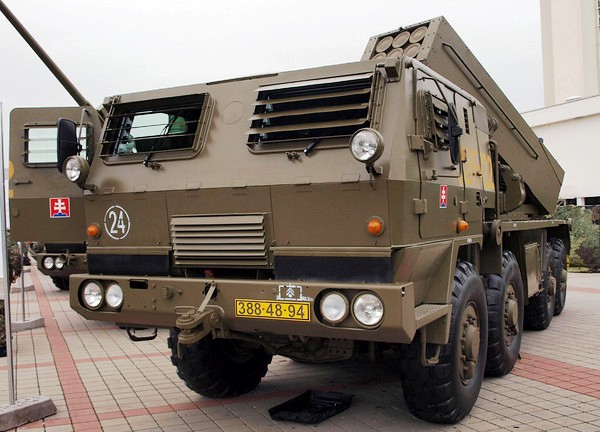
Picture: Slovak multi-barrel rocket launcher of 122 mm and 227 mm calibre on Tatra 815 chassis | Argonauth / CC BY-SA 3.0
As part of the modernisation of its armed forces, Poland is introducing US HIMARS (High Mobility Artillery Rocket System) rocket launchers into its arsenal at a cost of approximately USD 415 million. The US will thus supply Poland with a total of 18 launchers. The HIMARS rocket launcher is capable of firing up to six 227 mm calibre missiles at a range of 70 km or one MGM-140 ATACMS missile at a range of up to 300 km.
In addition, HIMARS can be deployed relatively quickly due to its 6x6 wheeled chassis. This was demonstrated late last year by a U.S. National Guard unit in cooperation with the Swedish Air Force when, during a training exercise, a Lockheed C-130 Hercules aircraft transported the HIMARS missile launcher to Gotland Island in the Baltic Sea, deployed it into firing position and then reloaded it onto the aircraft. The entire above operation took place in a matter of tens of minutes.
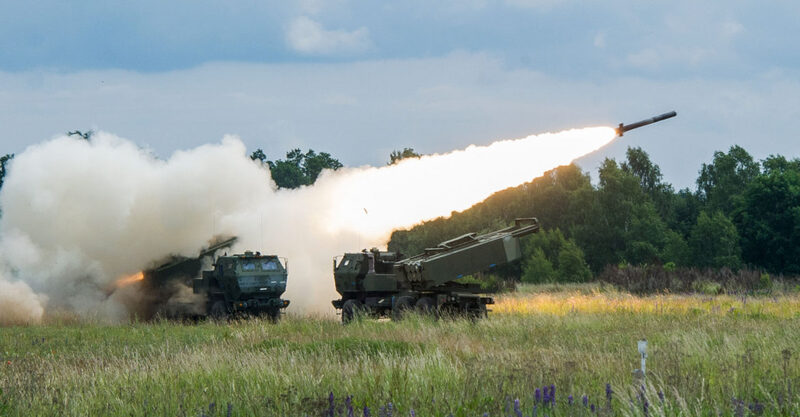 Picture: M142 High Mobility Artillery Rocket System (HIMARS) | US Army / Markus Rauchenberger
Picture: M142 High Mobility Artillery Rocket System (HIMARS) | US Army / Markus Rauchenberger
A rather interesting situation for the Czech Armed Forces is taking place in the Baltics. At the end of last year, the governments there signed an agreement on the joint development of missile artillery capabilities. The details are not yet known, but it can be assumed that the basis of this joint capability will be the US HIMARS missile launcher. It is therefore logical to use the current capabilities of the domestic industry and to further cooperate within NATO in the development of the capability of the Army. Given the recent experience in Ukraine, "light" and "heavy" rocket artillery can be considered. In the future, the involvement of long-range standby munitions may then be an interesting option from an artillery perspective.
In the case of 'light' rocket artillery for the Czech Army, this could be the proven RM-70 indigenously produced rocket launcher. Both 4x4 and 8x8 variants can be considered. These variants differ from each other mainly because spare ammunition can be carried on the 8x8 chassis. Due to the fact that the RM-70 launches unguided missiles with a maximum range of only 20 km, this "light" rocket launcher can be used especially in situations where it is necessary to destroy an enemy whose units occupy a large space and the accuracy of the strike is not a priority.
The second component of the possible future missile artillery of the Czech Armed Forces may be the 'heavy' HIMARS rocket launcher. Of course, it can be mounted on a Tatra chassis. It is the HIMARS rocket launcher that can give the Czech artillery the ability to deliver long-range precision strikes as seen in the ongoing conflict in Ukraine. In the context of "heavy" rocket artillery, the Czech Armed Forces can take advantage of the experience of Poland, which will receive its first launcher in the course of next year. In the future, the aforementioned agreement of the Baltic States can also be used and cooperated with.
In the medium to long term, it would be advisable to consider the inclusion of long-range standby ammunition in the arsenal of the artillery of the Czech Armed Forces. In the case of standby ammunition, cooperation with the Israeli company UVision, whose products have already proven their capabilities, for example, in the Nagorno-Karabakh conflict, is a direct possibility.
At the end of last year, UVision introduced a special MCL (Multi-Canister Launcher) for all of its wait-and-see munitions. The MCL can be mounted on an 8x8 chassis, giving the Army the option of placing this system on the Pandur II CZ 8x8 platform. As for long-range standby munitions, the Hero-900, for example, can stay in the air for up to 7 hours and has a range of up to 250 km.
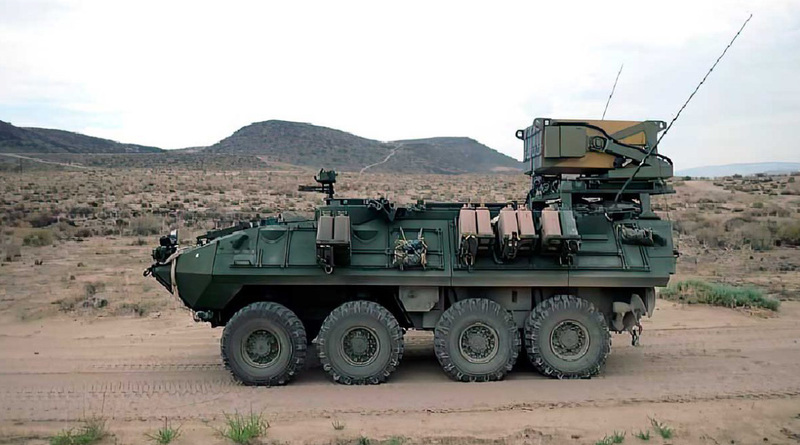 Picture: Late last year, UVision introduced a special MCL (Multi-Canister Launcher) for all of its wait-and-see munitions. | UVision
Picture: Late last year, UVision introduced a special MCL (Multi-Canister Launcher) for all of its wait-and-see munitions. | UVision
The standby ammunition can then be used by artillery for precision strikes on targets that do not require the use of HIMARS missiles to destroy. These include radars, air defence launchers or smaller fortifications. At the same time, electro-optical sensors of the holding munitions can be used to reconnoitre the area in the first phase of the strike.
The conflict in Ukraine clearly demonstrates that artillery as a whole is still a valid element on the modern battlefield, and rocket artillery in particular is widely and effectively used on both sides.
















